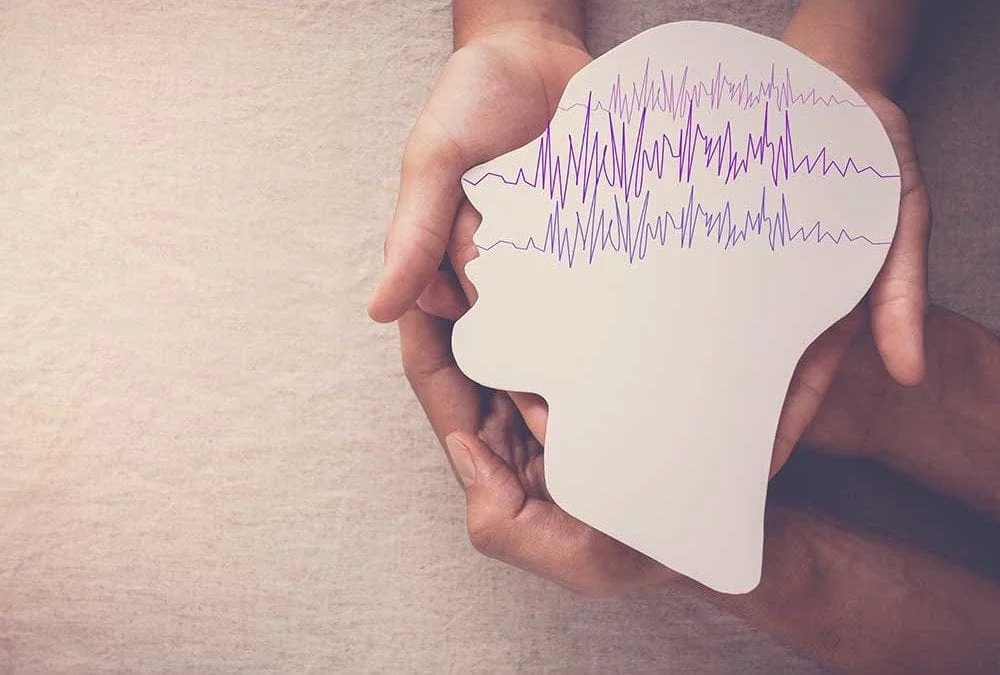Electrographic seizures and other epileptiform patterns are common in patients with COVID-19 and associated with adverse outcomes
By: Dr. Maria Niu
There have been 137,866,311 confirmed cases of COVID-19, including 2,965,707 deaths in the world, according to the WHO reports of April 15, 2021(https://covid19.who.int). In addition to the typical pulmonary complication, neurological manifestations were also reported in patients with COVID-19. However, whether neurological manifestations are associated with the outcome of COVID-19 is still unclear.
In March 2021, The Annals of Neurology published a research article (https://doi.org/10.1002/ana.26060) regarding the prevalence and risk factors for neurological manifestation in patients with COVID-19 by a multicenter retrospective cohort study.
197 patients with COVID-19 were enrolled in this study. Seizures and other epileptiform patterns were reviewed to determine the incidence and clinical risk factors for seizures. Multivariate Cox proportional hazards analysis evaluated the relationship between neurological manifestations and clinical outcomes.
Among the 197 patients, ictal and interictal epileptiform abnormalities were reported in 96 (48.7%) patients. Especially, electrographic seizures were present in 19 (9.6%) patients. In addition, electrographic seizures were positively correlated with mortality (hazard ratio [HR] 4.07 [1.44–11.51], p < 0.01).
In conclusion, electrographic seizures and other epileptiform patterns were common and associated with higher mortality, indicating the COVID-19 may cause brain damage.
#COVID19, #electrographic #seizures #neurological #manifestations #outcomes

Specializing in rare disease, Boston Biotech Clinical Research works with biotech, pharmaceutical, device companies and investors to streamline the clinical trial process. Our experienced team helps each client reach their specific goals by customizing a clinical and regulatory road map of simplified programs and streamlined protocols to meet our clients’ requirements.

